Considerations When Renovating Your Garage
The garage is often one of the most overlooked spaces in a home, yet it holds enormous potential. Whether you’re using it for parking, storage, a home gym, or a workshop, renovating your garage can improve both function and value. However, without careful planning, a garage renovation can quickly turn into a costly and time-consuming project. From layout to materials, the key is to approach your upgrade with clarity and intention. Here are essential tips to consider when renovating your home garage.
Define the Purpose of Your Garage
Before making any changes, think about how you want to use your garage long-term. Will it primarily serve as vehicle storage, or do you envision a dual-purpose space that includes a home office, gym, or studio? Defining its purpose early on helps guide all renovation decisions—from insulation to flooring. The clearer your goals, the easier it becomes to choose finishes, lighting, and even layout.
Upgrade the Flooring for Durability and Style
Most standard garages come with bare concrete floors, which can crack, stain, and collect dust. Upgrading to more durable and attractive options, such as epoxy coatings or interlocking floor tiles, can significantly enhance the appearance and functionality of your space. These materials are easy to clean, resistant to wear, and available in various colors to match your desired aesthetic.
Improve Insulation and Ventilation
Garages are often poorly insulated, making them uncomfortably hot in summer and freezing in winter. If you’re converting your garage into a livable space or using it regularly, proper insulation is a must. Insulating the walls, ceiling, and garage door can help maintain a consistent temperature. Additionally, consider adding ventilation or a small HVAC unit if the garage will be used as a living area or workspace.
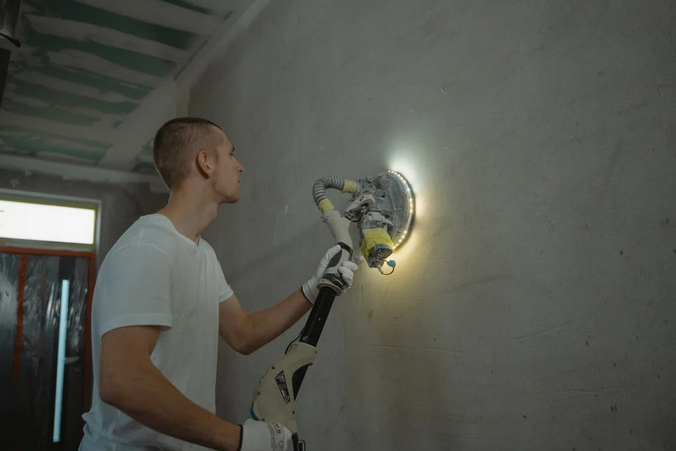
Optimize Storage and Organization
One of the top reasons for a garage renovation is to tackle clutter. Instead of piling boxes in corners, think vertically. Wall-mounted shelves, ceiling racks, and custom cabinetry can maximize storage while keeping the floor clear. Pegboards and tool chests are also useful for organizing tools and gear in a way that’s both functional and visually appealing.
Don’t Overlook Lighting and Electrical Needs
Garages often come with just a single light bulb, which isn’t enough if you’re working on projects or spending time there. Consider installing LED overhead lighting for brightness and energy efficiency. If you plan to use power tools, gym equipment, or even a second refrigerator, make sure your garage has enough outlets and upgraded wiring to handle the load.
Update the Garage Door for Function and Curb Appeal
The garage door is one of the most visible features of your home. Replacing an outdated or malfunctioning door with an insulated, modern model can improve both energy efficiency and exterior appearance. Smart garage door openers with app controls are also worth considering for convenience and security.
Renovating your home garage can unlock valuable space and make your home more functional and stylish. Whether you’re aiming for better storage, a hobby zone, or an extended living area, thoughtful planning is essential. By defining your goals, improving insulation and lighting, upgrading flooring, and investing in smart storage solutions, you can turn an underused part of your house into one of its best assets.…





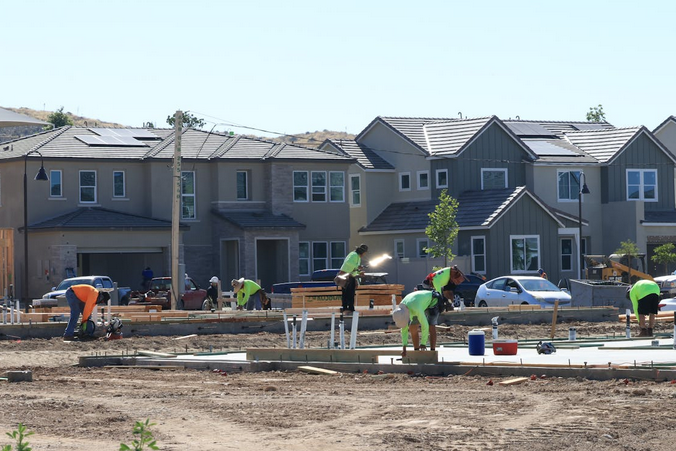




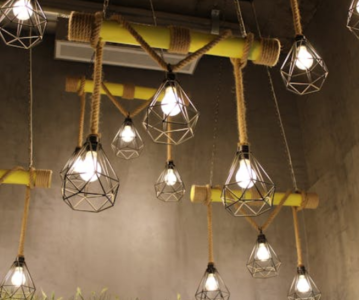


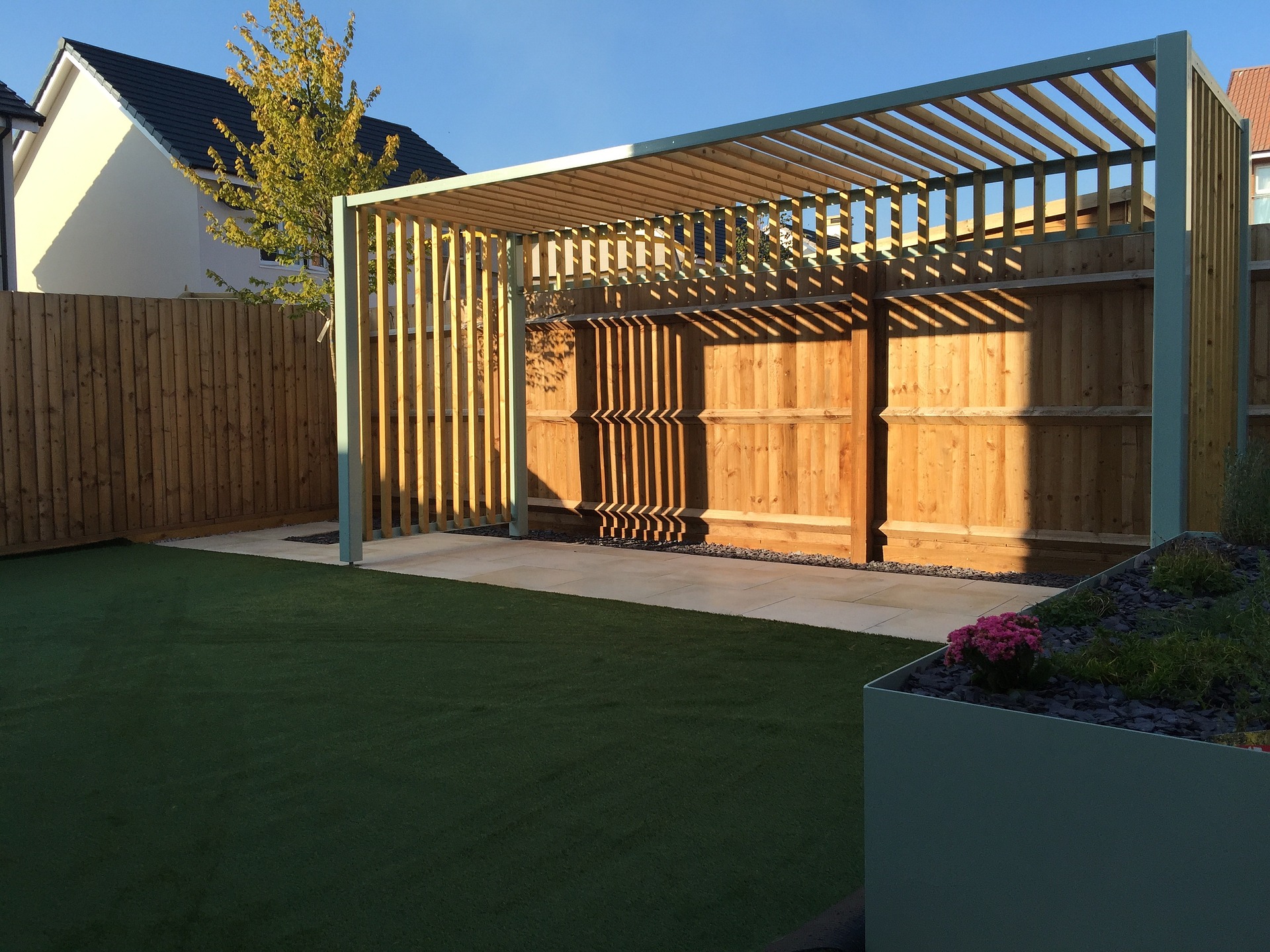


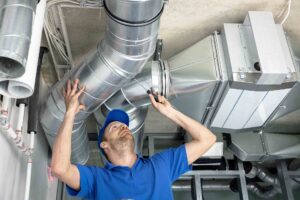 One of the simplest and most effective ways to enhance the efficiency of your HVAC system is by regularly cleaning or replacing air filters. Dirty filters restrict airflow, making your system work harder and use more energy. Aim to clean or replace the filters every one to three months, depending on usage. This not only improves efficiency but also enhances indoor air quality and reduces the need for costly repairs.
One of the simplest and most effective ways to enhance the efficiency of your HVAC system is by regularly cleaning or replacing air filters. Dirty filters restrict airflow, making your system work harder and use more energy. Aim to clean or replace the filters every one to three months, depending on usage. This not only improves efficiency but also enhances indoor air quality and reduces the need for costly repairs.



 This includes understanding the costs associated with living in the retirement
This includes understanding the costs associated with living in the retirement 
 One of the most significant benefits of hiring a
One of the most significant benefits of hiring a  Professional movers are also packing experts, so they will pack your belongings securely and ensure that nothing is damaged in transit. It can save you a lot of time and hassle later on. If something does happen to get damaged during the move, most professional movers have insurance that will cover it. Moreover, many professional movers offer full-service packing, saving you, even more time and hassle.
Professional movers are also packing experts, so they will pack your belongings securely and ensure that nothing is damaged in transit. It can save you a lot of time and hassle later on. If something does happen to get damaged during the move, most professional movers have insurance that will cover it. Moreover, many professional movers offer full-service packing, saving you, even more time and hassle.